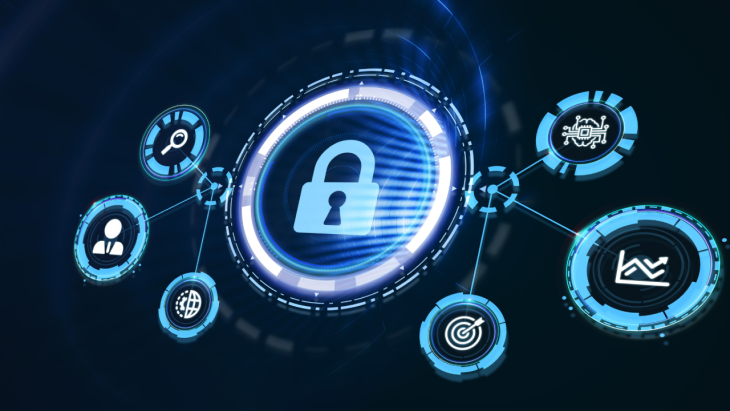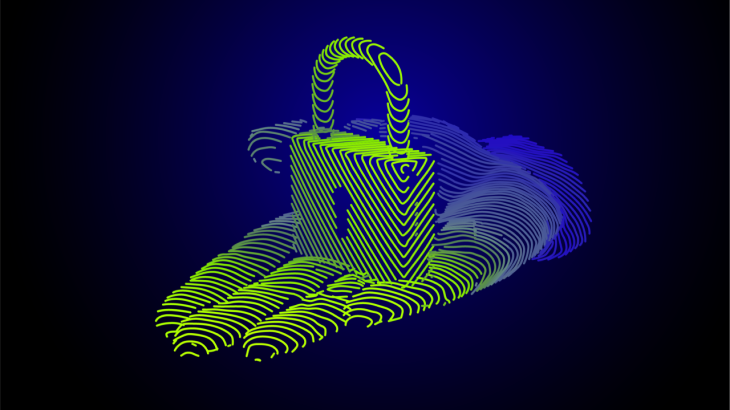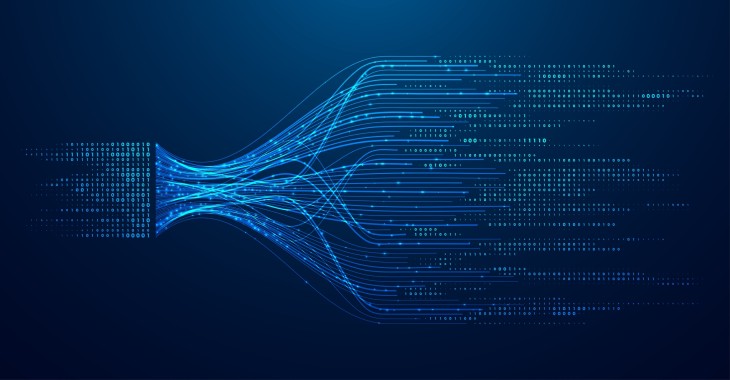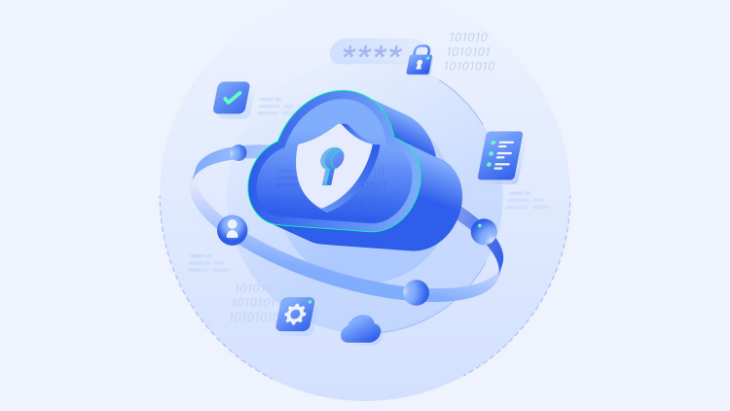
Beyond Admin Rights: How Kron PAM’s Endpoint Privilege Management Strengthens Enterprise Security
Endpoints — desktops, laptops, and servers — remain one of the biggest attack surfaces in any enterprise. Employees and administrators alike often need elevated rights to install software, execute commands, or manage services. But when users have permanent local admin rights, every compromised endpoint can become a launchpad for attackers.
According to multiple industry reports in 2024, over 70% of ransomware attacks originated on compromised endpoints with overprivileged local accounts. Attackers know that if they can gain access to a machine with admin rights, they can disable defenses, install malware, or move laterally across the network.
The solution is not to deny users the tools they need, but to grant just enough privilege, only when required, and always under control. This is exactly what Kron PAM’s Endpoint Privilege Management (EPM) delivers.
Strong Authentication at the Endpoint
Kron PAM ensures that endpoint access begins with enterprise identity and MFA. Users log in to desktops or servers using their Active Directory or LDAP credentials, with the option to enforce multi-factor authentication (MFA) for an added layer of security. This unifies access policies across the enterprise and eliminates unmanaged local accounts as an entry point.
Application Discovery: Visibility into What’s Running
Once the Kron PAM EPM Agent is installed on endpoints, it performs Application Discovery. This scan identifies every application present on desktops and servers, providing administrators with full visibility into the software landscape.
From there, administrators can:
· Monitor discovered applications in real time
· Create blacklists and whitelists based on criteria like hash value, filename, or software vendor
· Detect unauthorized or shadow IT applications that could introduce risk
By combining Application Discovery with policy enforcement, organizations ensure that only trusted software can run on endpoints.
Policy-Driven Control Across Users and Devices
Kron PAM makes it easy to define policies that govern application execution and privilege elevation. These can be tailored to:
· Specific users or user groups
· Device types (desktop vs. server)
· Contextual factors, such as time of day or workload sensitivity
This flexibility allows enterprises to align privilege management with both business requirements and security posture.
Privilege Elevation: On-Demand, Not Always-On
The most powerful capability of Kron PAM Endpoint Privilege Management is its Privilege Elevation feature. Instead of granting users permanent local administrator rights, the system enforces a “least privilege” model:
1. When a user attempts to launch an application or execute a command requiring elevated rights, the EPM agent intercepts the request.
2. If the policy allows, the application runs. If not, the action is blocked.
3. Users can also submit a privilege elevation request. This request is routed to a group administrator.
4. Once approved, the user can run the application with temporary “Run as Admin” rights.
5. When the elevation time expires, administrative rights are automatically revoked.
This workflow ensures that users get the access they need — but only when justified, approved, and time-bound. Attackers can no longer exploit always-on admin accounts as a stepping stone.
Comprehensive Logging and Auditability
Every action, from application launches to privilege elevation requests, is logged by Kron PAM. This creates an indisputable audit trail that security teams can use for compliance reporting, forensic investigations, or insider threat detection.
Logs capture not just success or failure, but also the full context of what was requested, when it was approved, and by whom. This level of transparency is critical for enterprises subject to regulatory frameworks or those adopting zero-trust security models.
Real-World Impact
Kron PAM’s Endpoint Privilege Management addresses several pressing enterprise needs:
· Reducing attack surface by removing standing local admin rights
· Stopping ransomware by blocking untrusted applications and scripts
· Supporting productivity by enabling temporary, approved access instead of blanket denials
· Ensuring compliance with regulations that mandate least-privilege principles and full audit trails
For example, imagine a financial institution where developers occasionally need to install new tools on their workstations. With EPM, those tools can be allowed via policy or requested through a privilege elevation workflow, ensuring flexibility without exposing the enterprise to unnecessary risk.
Conclusion: Least Privilege, Maximum Security
Permanent local admin rights are one of the greatest risks facing enterprises today. But taking them away without a replacement strategy can frustrate users and hinder productivity.
Kron PAM’s Endpoint Privilege Management (EPM) strikes the balance. By combining enterprise authentication, application discovery, policy-driven control, and on-demand privilege elevation, it empowers users while protecting the enterprise. And with comprehensive logging, every action is visible and auditable.
The result? Endpoints that are no longer weak links, but trusted components of a secure, well-governed IT ecosystem.
*Written by Onur Karaca. He is an associate director of product management at Kron.
Highlights
Other Blogs

Securing Application Credentials with Kron PAM: A Shield Against Cyber Breaches

Enterprise Network Automation: We Can Do This the Easy Way, or the Hard Way













